Take On Ultra Long Distance Hiking Trails: 5 Crucial Tips
We know that walking seems like the easiest thing in the world, babies do it – well not babies, toddlers, but still, it’s easy. But when you take that easy thing and multiply by hundreds or thousands of miles, it becomes a very different beast entirely. We’ve showed you some of the most dangerous hiking trails, now it’s time to face some of the longest. Here are a few long distance hiking tips to keep your feet from turning green and falling off, or just to keep you from having a rotten time.
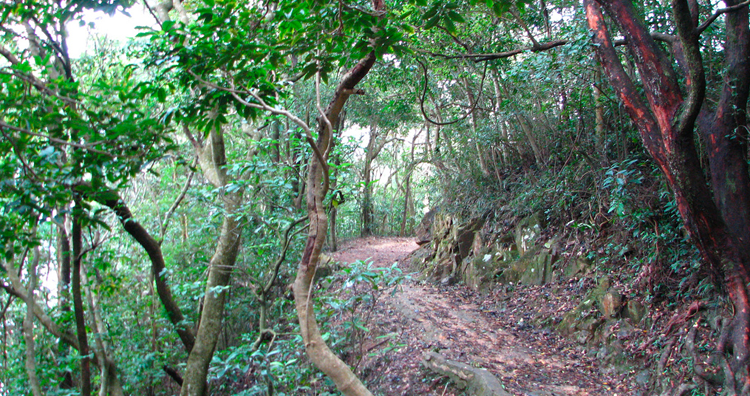 Photo Credit: Andreas. / Flickr.com
Photo Credit: Andreas. / Flickr.com
Minimize Traveling Weight
This is the single most important thing to consider in long distance hiking. I know an experienced hiker who has hiked tens of thousands of miles in his life, from the Brooks range in Alaska, to crossing rebel territory in Colombia, to what he considers the tame experience of hiking the Continental Divide trail. I asked him what his number one tip for long hikes was and he shouted, “weight!”
You think you need that extra pair of long-underwear, that bulky camera, the nice camp silverware you bought at the bourgie camping store? Think again. Long distance hiking veterans quickly realize that nothing matters more than weight. Some hikers literally tear pages out of books as they read them. Multiply any little bit of weight times 30 hilly miles a day and it seems much heavier.
This epic hiker I met gave the great advice that everything you carry should have at least two uses. He didn’t carry gloves, instead he used a pair of socks if it got too cold. He carried only 1 shirt and a backup, which could also be applied to a variety of uses if the situation called for it.
Other pieces of weight advice:
• Invest in light weight equipment designed specifically for hiking. The extra bit of cash is worth its value.
• Check the weather and prepare accordingly. If you can avoid it, don’t venture into rainy conditions that will ruin your gear or require extra equipment.
• Go the extra mile for shelter. Finding a suitable sleeping area, even if it means travelling a few extra miles in a day, means you don’t have to carry a heavy tent that can weigh you down.
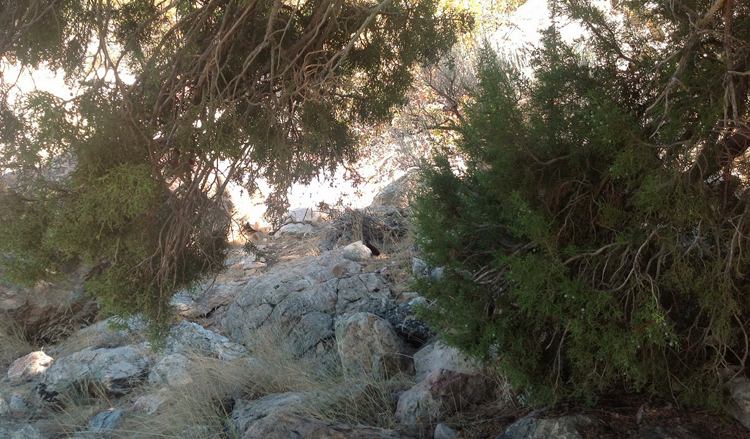 Photo Credit: denebola2025 / Flickr.com
Photo Credit: denebola2025 / Flickr.com
Get The Right Gear Ready
You know how to travel light, now you must make sure your gear is ready for the long distance hiking trails. The one exception to your minimal weight requirement is a good sleeping bag. Make sure the sleeping bag is not made of down, because although the material is light, if it gets wet it’s completely useless. Choose an option that will give you a quality night’s sleep, but doesn’t weigh a ton. To minimize said moisture problems, make sure you carry along a good water-proof bivy sack.
Don’t waste weight and money on a camp stove either. A simple pop-can stove will get you by, and weighs almost nothing. Just make sure you know how to use it before you head off.
Shoes are perhaps the most important piece of gear you’ll need to buy. Make sure the fit is good. Heavy hiking boots, or work boots, are just extra weight to carry. Trail running shoes, some nice Keens for instance, are ideal. Don’t skimp on this. These are like the tires on your car, if you pop one you’re stuck. Maximize weight and comfort in your shoes and your feet will thank you for thousands of hiking miles to come.
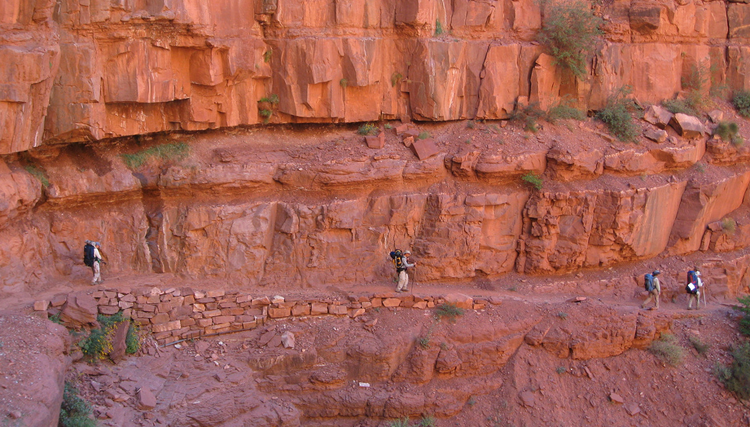 Photo Credit: brewbooks / Flickr.com
Photo Credit: brewbooks / Flickr.com
Take Care of Your Feet
There’s a reason that shoes and foot-care are so important for long distance hikes. Guys that work on trails, clearing brush and such, often talk about a condition called the “Christmases.” This name refers to the fact that after hiking trails non-stop for 3 months, carrying heavy packs, most of the guys encounter some loss of feeling in their toes, feeling that won’t come back until Christmas time. The repeated stress of slamming your toes against poor fitting shoes can quickly cause nerve damage. Since this damage is not always painful, you can be gradually destroying your foot nerves without even knowing. These nerves help with balance, and with not burning your toes off at a campfire. Also it’s kind of scary. I lost the sensation in my toes for a few months and when it didn’t come back I started to worry that I had some kind of degenerative nerve disease.
It’s also a common thing, after a long distance hike, for your feet to be so disgusting with blisters that your friends gag anytime your socks come off. You don’t want your feet to remind people of the continental army at Valley Forge. Neglect your blisters and a few days into your trip you’ll hear the voice of Lieutenant Dan lecturing Forest Gump about the value of clean socks. Bloody socks are gross, bloody socks that have days or weeks old blood crusted on them are risking an infection.
Simple measures that can prevent this are finding good fitting shoes and not skimping on socks. Comfortable, nice socks are a true joy. Some people try to strengthen up their feet, even resorting to soaking their feet in various home remedies to increase toughness (tea, which contains tannic acid, is one homey recommendation, though we have not checked on the true medicinal effects). Another more-proven remedy is to put some lubricant on your feet, Vaseline is common. This is especially common in hot, humid places. As a side-note, Vaseline is also often used by hikers who experience chafing in the thighs or other areas. This is surprisingly standard on long, hot hikes.
Invest in a good, light first-aid kit. Applying moleskin to a developing blister can turn what would’ve seemed like a death march, into a nice walk in the woods.
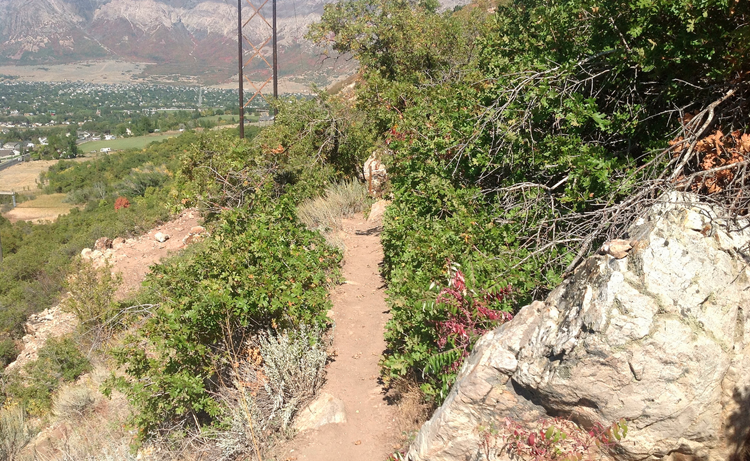 Photo Credit: denebola2025 / Flickr.com
Photo Credit: denebola2025 / Flickr.com
Know Your Route
Unless you’re on a very clearly marked hiking trail, you’re going to need to be able to navigate a bit. Studies have shown that most people left in a forest without a compass wind up walking in circles on a cloudy day, and zig-zagging on sunny ones. Know how to use your compass, and have detailed maps of the area. Take the time to plan a hiking route and acquaint yourself with basic navigation techniques. Wandering off your route for a few miles might not sound like a big deal, but when you only have so many hours before the sun sets, every stray mile starts to add up.
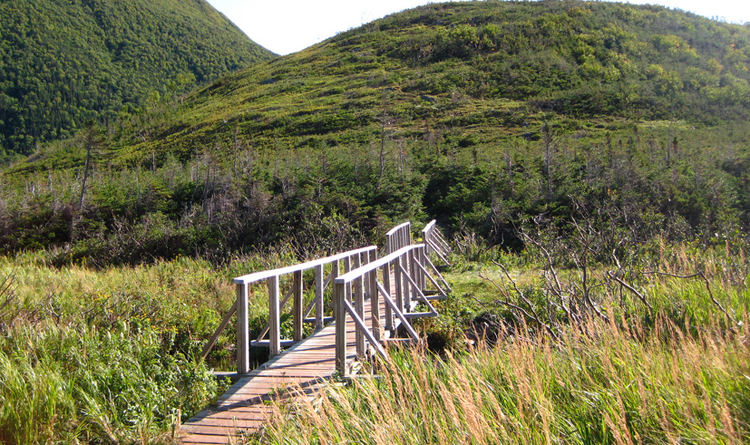 Photo Credit: natalielucier / Flickr.com
Photo Credit: natalielucier / Flickr.com
Embrace the Moment and Stay Tough
At the end of the day, ultra long distance hikes are all about the attitude. This means two things: you’ve gotta enjoy it, and you’ve got to be prepared stare down adversity when it counts.
On your adventure, take time to smell the roses, see the beauty, stop when you find something cool, hang with the locals. Often people get caught up in making their daily mileage, trying to beat yesterday’s record. And this works for some people. But then, why are you walking through a forest and not on a treadmill?
Even though you’ll be embracing nature, you need to be tough when it counts. When things are miserable, wipe away the sweat and keep testing your limits. Know your boundaries and remember our safety advice, but never let that undaunted Adrenalist spirit die. The day will come when your feet are killing you, when it’s raining and you’re hungry and you still have 20 miles to go. At that point will you grumble and be miserable, or accept that your journey as a challenge waiting to be conquered.
You already know you’re undertaking something ridiculously extreme. Long distance hiking is a big commitment – it’s not something ordinary people do every day. Sometimes you’ll be up, sometimes you’ll be down, but through it all what’s going to make the difference is your attitude, your ability to deal with the hard parts and soak in the good parts when the opportunities arise.




Comments